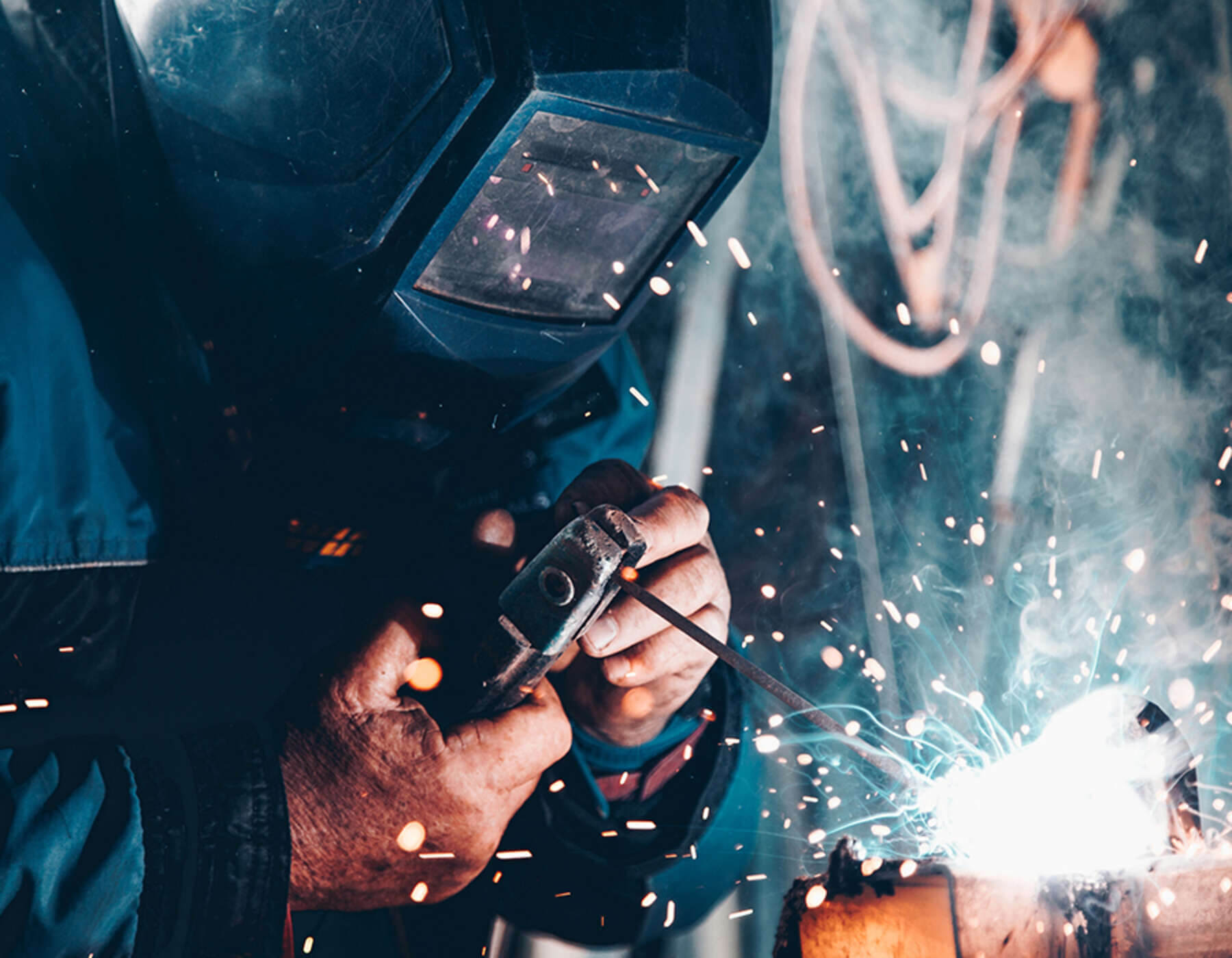
Today we have an array of technology and advanced fabrication equipment at our fingertips to help with the production of parts and products for numerous industry sectors. Leveraging this technology to create sophisticated designs and detailed, high-quality projects.
Two such technologies are CNC machinery and additive manufacturing. Both vital processes in fabrication with the technologies serving similar purposes, however, both offer fabricators fundamental differences.
But, which fabrication technology is right for your project? Which one will offer you the best return on your investment and provide you with the highest quality outcome?
Morfab explores these fabrication techniques further and looks at the benefits and some of the drawbacks of each.
What is CNC machining?
Standing for computer numerical control machining, CNC technology is used in fabrication to provide specific computer software with a set of clear instructions, which it will then use to guide a cutting tool along the workpiece.
Fabricators will use this programmable software by inputting the CAD design and converting it to readable code to guide how the machine cuts, drills, and mills the material in front of it.
CNC machining is suitable for various materials, such as a range of metals, plastics, wood, and even composites.
CNC machining is often used for the production of automotive and aerospace parts, medical devices, and industrial machinery, as it removes the unwanted material from a solid sheet of metal.
Advantages of CNC machining vs am:
- Achieves a high level of precision
- Offers greater efficiency as CNC is a fast process
- Process is automated, freeing up fabricators time
- It provides a high level of sustainability as there is reduced energy consumption
- Ease of operation
- Can handle high tolerances
- Minimal supervision required
- Works well with aluminium, steel, and titanium
- You can scale with ease.
Some of the drawbacks of opting for CNC machining include:
- Material waste
- Can’t manage overly complex designs
- The costs can be high for small production runs
What is additive manufacturing?
Additive manufacturing, aka 3D printing, is the opposite of cutting, as the system itself is designed to build the product layer by layer, step by step, using a computer-controlled system.
Creating three-dimensional products using materials such as plastic, resin, or metal powder, the CAD model is sliced into layers that then forms the framework of the printing.
Primarily used for prototyping, 3D printing is also now widely used for medical prosthetics, jewellery designs, and complex automobile and aerospace parts.
When we look at CNC vs additive manufacturing, the advantages of additive manufacturing include the following:
- Offers design flexibility, offering unique design options
- There is a reduction in waste as you only produce what you need
- You can manufacture lightweight structures
- Low production costs
- Quick process
Drawbacks to additive manufacturing:
- You’re limited in the materials you can use
- It is a slower process than CNC machining
- Parts may require additional processing to create a smoother finish.
(Note: For further information on prototyping and why this stage of fabrication is so important, check out our post on common prototyping mistakes and tips to avoid them.)
CNC milling vs 3D printing
Some of the most notable differences between CNC vs 3D printing include:
Material waste – due to sheet metal being used for CNC machining, there is much more wastage when using this technique as cuts and milling take place. Meanwhile, additive manufacturing builds the product layer by layer using only what it requires.
Production speed and volume: CNC is fast, efficient, and can manage large volumes. This is important to bear in mind when thinking about your project objectives, i.e., think of CNC for mass production and additive manufacturing for on-demand or prototyping.
Design flexibility and complexity – additive manufacturing/3D printing can handle much more complex designs on a smaller production scale.
Material options: You have a lot more choices when it comes to manufacturing materials when you opt for CNC machining.
Precision: CNC achieves a higher level of precision and smoother, consistent outcome than additive manufacturing, which may require additional fabrication after the initial build.
Steel fabricators near me
Both CNC machining and additive manufacturing can work together and indeed do, in some instances, complement each other when you need to achieve specific results.
This comes down to your specific project requirements.
We would advise that regardless of the range and types of fabrication steel processes your sheet metal will go through to achieve the desired outcome, it is vital to work with a professional team with experience in fabrication and access to the most appropriate equipment and up-to-date technology.
You want a high-quality finished product at a competitive price, produced within a reasonable timescale.
But the question still remains…cnc vs additive – which one is best?
In our opinion, both CNC machining and additive manufacturing are indispensable tools in modern fabrication and popular production techniques, which help to bring design concepts to life.
If you’re looking for steel fabrication near me, see how our team can support your next project. Call 0191 8162718 today.
